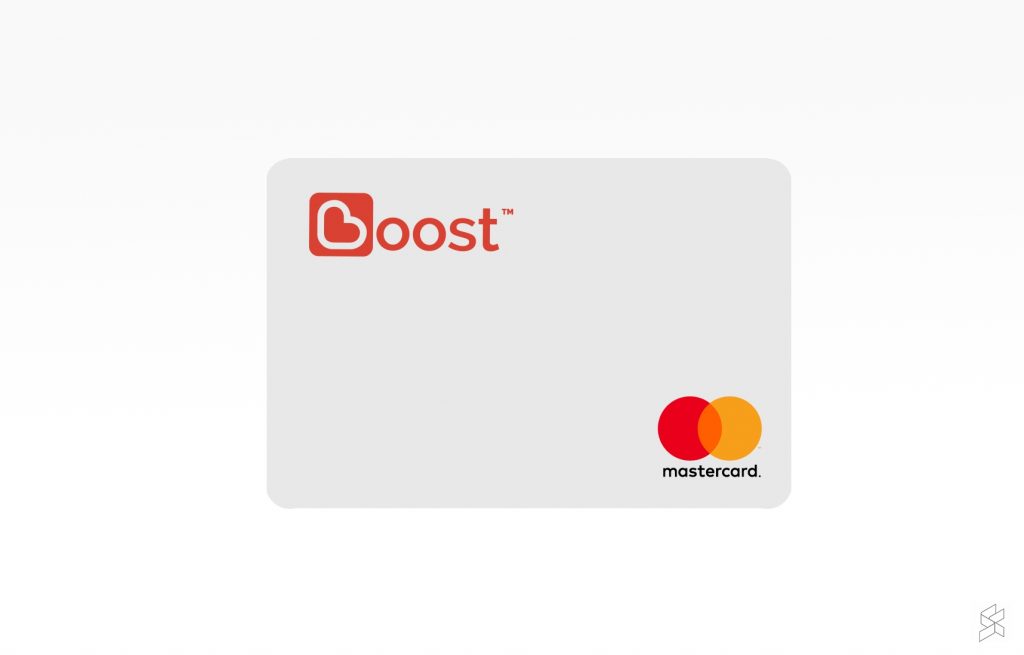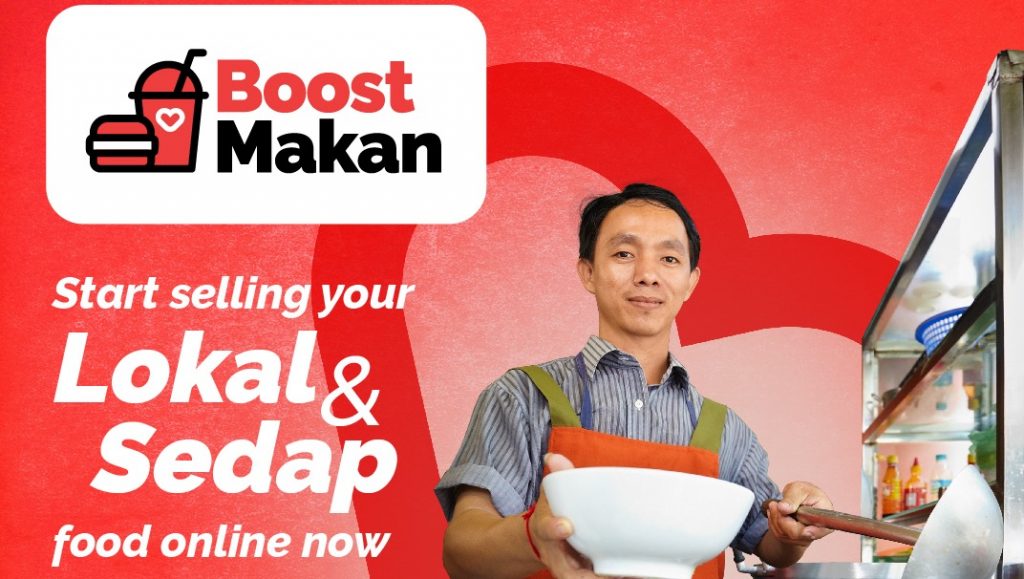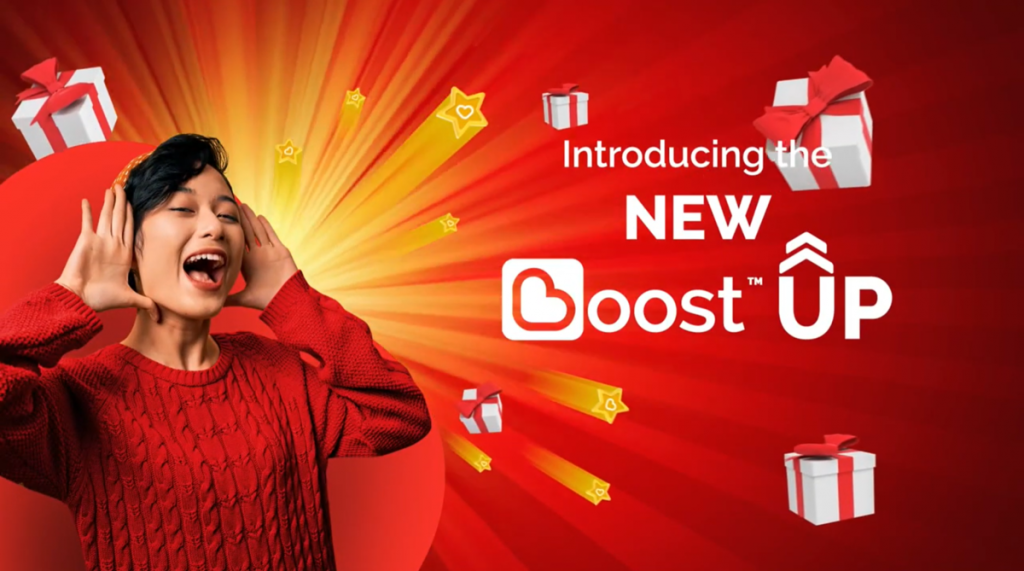Boost is aiming big in 2022 with plans on becoming a platform that caters to every sector of the economy. Whether you are a consumer or a business owner, Boost wants you using the myriad of services that they offer. If you are unfamiliar with Boost, it’s a financial technology (fintech) holding arm of Axiata Digital Services Sdn Bhd that introduced an eWallet service in Malaysia back in 2017. Since then, they have introduced multiple business divisions like Boost Life, Boost Biz, Boost Credit, Boost Indonesia and Boost Connect. So, what’s next for Boost? Well, they are in the process of becoming a digital bank.
A digital bank is functionally similar to a conventional bank, just that there are no brick-and-mortar bank branches. Therefore, a digital bank relies on mobile banking and online banking solutions to provide service for their customers. One of the advantages of online banks are that they are able to provide lower fees thanks to lower operating cost. On the one hand, if you do not have access to the internet, there is no alternative option to complete your banking errands.
At the end of 2020, Bank Negara issued the licensing framework for digital banks and opened applications for interested parties up until June 2021. Many big players took up the opportunity like Axiata, Grab, Razer, and Sunway to name a few. Bank Negara will announce the result of the applications some time in the first quarter of 2022.
Boost Digital Bank
By becoming a digital bank, Boost will not be limited by the terms of eWallet licensing and allow them to convert the Boost eWallet into a bank account. Therefore, they are planning on integrating the Boost Life, Boost Biz and Boost Credit into their digital bank to allow for a seamless transaction between all of Boost’s services.
This could especially benefit merchants on Boost Biz as they will be able to deposit their transaction directly into their Boost bank account eliminating the waiting time to cash out from the merchant platform to an external bank.
Regular Boost eWallet users will be able to enjoy similar features as an online bank account which allows easy withdrawals and instant transfers to other bank accounts. This would be a significant advantage as eWallets do not allow cash out, and transfers are mostly limited within the same eWallet network.
Boost initially allowed its users to cash out to bank accounts with a fee and it was the only provider among the top 3 eWallets to do so. Unfortunately, the feature was been removed in mid-2020 due to fraud and scam concerns.
Boost will not be starting from scratch as they will have a good foundation to build upon. RHB Bank will be an equity partner, owning 40% stake in the digital bank, while the rest will be owned by Boost. Now since the license is still pending approval by Bank Negara, Boost did not elaborate much on features and services that will be offered by their Digital Bank. They are saving all details for when they have everything sorted out.
Boost Prepaid Card
Boost announced a partnership with Mastercard in December of 2021 to offer a prepaid card, linked to your Boost eWallet that is set to launch in some time in 2022. Boost is targeting the 65% of their users who don’t own credit cards as potential customers for their prepaid card. Therefore, giving Boost users the option to pay at more merchants worldwide where card payments are accepted.

Now, Boost is not the only eWallet service that will be offering a prepaid card. Maybank’s MAE eWallet, and AirAsia’s BigPay come with a linked prepaid cards. U Mobile’s GoPayz eWallet, also offers prepaid cards issued by UnionPay, Visa and Mastercard. Touch ‘n Go (TnG) has also announced a prepaid card in collaboration with Visa that will be coming in 2022.
Grab has a prepaid card offering in Singapore and the Philippines but wasn’t offered in Malaysia. Instead, they launched a co-branded credit card with Maybank, which just provides another way to collect Grab points.
A Boost prepaid card would also allow its users to withdraw money from an ATM. Similar to other providers, it is likely that users will have to pay a withdrawal fee.
eCommerce Platform
Boost aims to become a platform where more SMEs can be exposed to the digital economy. The first step was Boost Makan, a food delivery service focusing on business-to-consumer. This service is nothing new right now with the likes of Foodpanda and GrabFood.

However, they want to turn their attention to the business-to-business aspect by providing SMEs a platform where they can source for raw materials at competitive rates. Now, how competitive those rates will be and what the T&Cs are remain to be seen. But Boost says it’s taking a serious interest in upgrading the wellbeing of merchants on their platform.
Buy Now, Pay Later (BNPL) & Boost Connect
I think most of you are aware of services that provide an interest free instalment for purchases. Examples like Atome, PayLater by Grab, myIOU, Pace, Hoolah, etc.
Based on what Boost explained during their press brief, there is nothing much new here. Just the promise of expanding the merchant network and “best in class digital underwriting and collection capability”.
No elaboration was given past this brief description, so we’ll have to wait for more information on this.
Right now, the one advantage that Boost has over its competitors is that merchants on GHL, Lazada and Foodpanda can apply for micro-financing from Boost Connect for a working capital. This would lift some financial burden from the shoulders of small businesses, who otherwise need to negotiate with a bank for a small loan.
Further investing in BoostUP
BoostUP is a revised loyalty programme for customers that aimed to increase the value of the rewards, provide a more transparent and simpler earn structure, and enable an easier way to tier up. For 2022, Boost has said it will continue to invest in the programme, but didn’t comment on how they will improve BoostUP for its loyal users.

Now, I am not a Boost user so I can’t personally vouch for the value BoostUP brings to its customer. But according to a survey conducted by Boost, 75% approved the new loyalty program while 80% found it easy to understand. Despite the results of their survey, if you are a Boost customer, we would love to hear your feedback on the BoostUP loyalty programme in the comments section.
After viewing their presentation, my takeaway from this is that Boost is trying to become a one stop solution for all your financial and shopping needs. However they will not go uncontested by conventional banks and financial companies who are interested in this market.
What is the competition up to?
Almost all banks in Malaysia now have some type of online banking service, like Maybank’s MAE, which combines their online banking and eWallet services into one mobile app. Furthermore, Maybank provides the added convenience of opening a savings account online from the comfort of your home. But, you just need to head over to a nearest branch to complete the final verification step. So it’s almost as easy as opening an eWallet account and it’s only going to get easier. Moreover, Maybank also has BNPL services, albeit with interest, However, they offer up to 12 months installments compared to just 3 to 4 months from other options like Boost and PayLater by Grab.
CIMB has digital only banks in the Philippines and Vietnam, while it’s joint venture eWallet partner, Ant Group has digital bank license in Singapore and Hong Kong. However, their Touch ‘n Go eWallet business did not apply for a digital banking license via Bank Negara. CEO of Touch ‘n Go, Effendy Shahul told Fintech News, “We have not made an application, but we will continue to watch the developments closely”.
Grab and Razor are the other eWallet players that are interested in a digital banking license. Grab is partnering with Singtel to recreate the formula that got their digital banking license approved in Singapore. Meanwhile Razer who got theirs rejected in Singapore is trying again in Malaysia.








